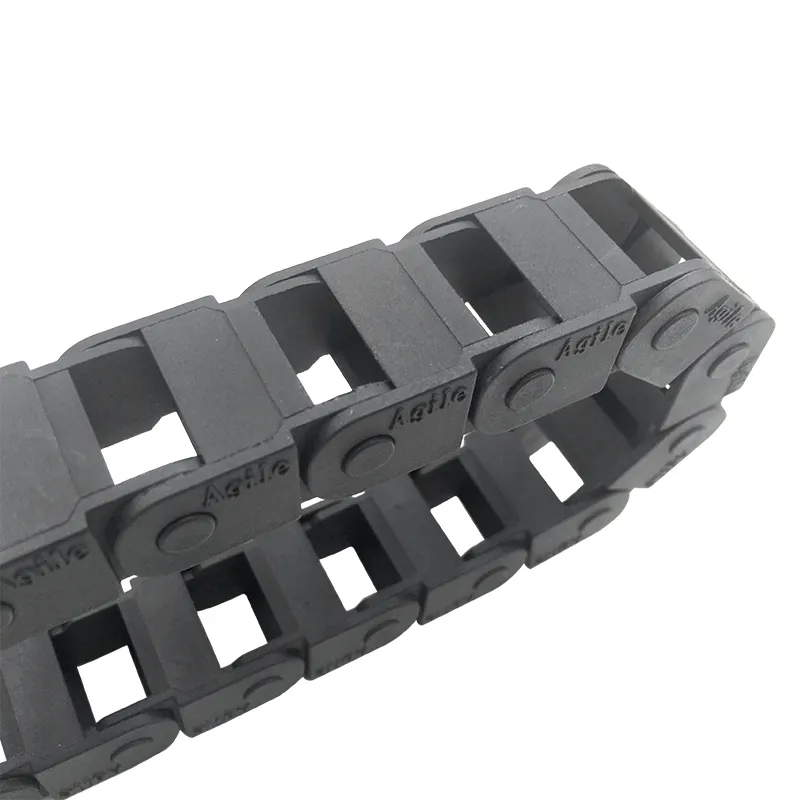split loom tubing sizes
Understanding Split Loom Tubing Sizes A Comprehensive Guide
Split loom tubing is a popular choice for organizing and protecting electrical wires and cables. It is particularly utilized in automotive, aerospace, and industrial applications. The versatility and durability of split loom tubing make it an invaluable asset in maintaining the integrity and safety of electrical systems. This article aims to delve into the different sizes of split loom tubing, helping you make informed decisions for your projects.
What is Split Loom Tubing?
Split loom tubing is a corrugated plastic conduit with a longitudinal slit running along its length. This design allows wires to be easily inserted and removed, providing flexibility in cable management. Made from polyethylene or other durable plastics, it offers excellent resistance to abrasion, chemicals, and environmental factors, making it ideal for both indoor and outdoor use.
Why Size Matters
Selecting the correct size of split loom tubing is crucial for ensuring optimal protection and organization of your cables. Using tubing that is too small may risk damaging the wires, while tubing that is too large can lead to unnecessary movement and potential wear from friction. Here's how to choose the right size split loom tubing
1. Measure Your Wires Before purchasing split loom tubing, measure the diameter of the cables you intend to bundle. This will help you to choose the correct size of the tubing.
2. Consider Multiple Cables If you're bundling multiple wires, it's essential to consider the total diameter of the bundled cables. Adding a little extra size for bulk will ensure that the wires fit comfortably without being overly constrictive.
3. Account for Movement If your installation involves moving parts, such as in automotive applications, you should provide a bit more room in the tubing to accommodate any movement without risking friction.
split loom tubing sizes

Common Sizes of Split Loom Tubing
Split loom tubing comes in various sizes, typically categorized by their internal diameter. Here are some common sizes
- 1/4 inch (6 mm) Ideal for very small wiring applications, such as in electronics and small appliances. - 3/8 inch (10 mm) Suitable for thin cables often found in computer peripherals or low-voltage applications. - 1/2 inch (12 mm) Commonly used for automotive wiring and standard electrical connections. - 3/4 inch (19 mm) Appropriate for bundling thicker cables, like those found in home appliances and heavier electrical systems. - 1 inch (25 mm) and above Used for substantial cable management in industrial settings, where multiple thick cables are bundled together.
Tips for Installation
1. Use a Clean Cut Ensure that the ends of the split loom tubing are cut cleanly to avoid any sharp edges that could damage wires. Use a sharp utility knife or scissors for the best results.
2. Secure the Tubing While split loom tubing provides flexibility, securing it with cable ties or clamps can prevent it from shifting and protect your cables more effectively.
3. Consider Additional Protection For environments with extreme temperatures or harsh conditions, consider pairing split loom tubing with other protective measures, like heat shrink tubing or additional insulating materials.
Conclusion
Choosing the right size of split loom tubing is fundamental to the proper management and protection of electrical wires and cables. By considering factors like cable diameter, the number of cables, and movement in the installation, one can select the appropriate size to ensure optimal performance. Whether you are working on home wiring projects, automotive applications, or industrial installations, investing time into understanding split loom tubing sizes will pay off in both safety and efficiency. With the right tools and knowledge, you can ensure that your electrical systems function smoothly and remain protected from wear and tear.








